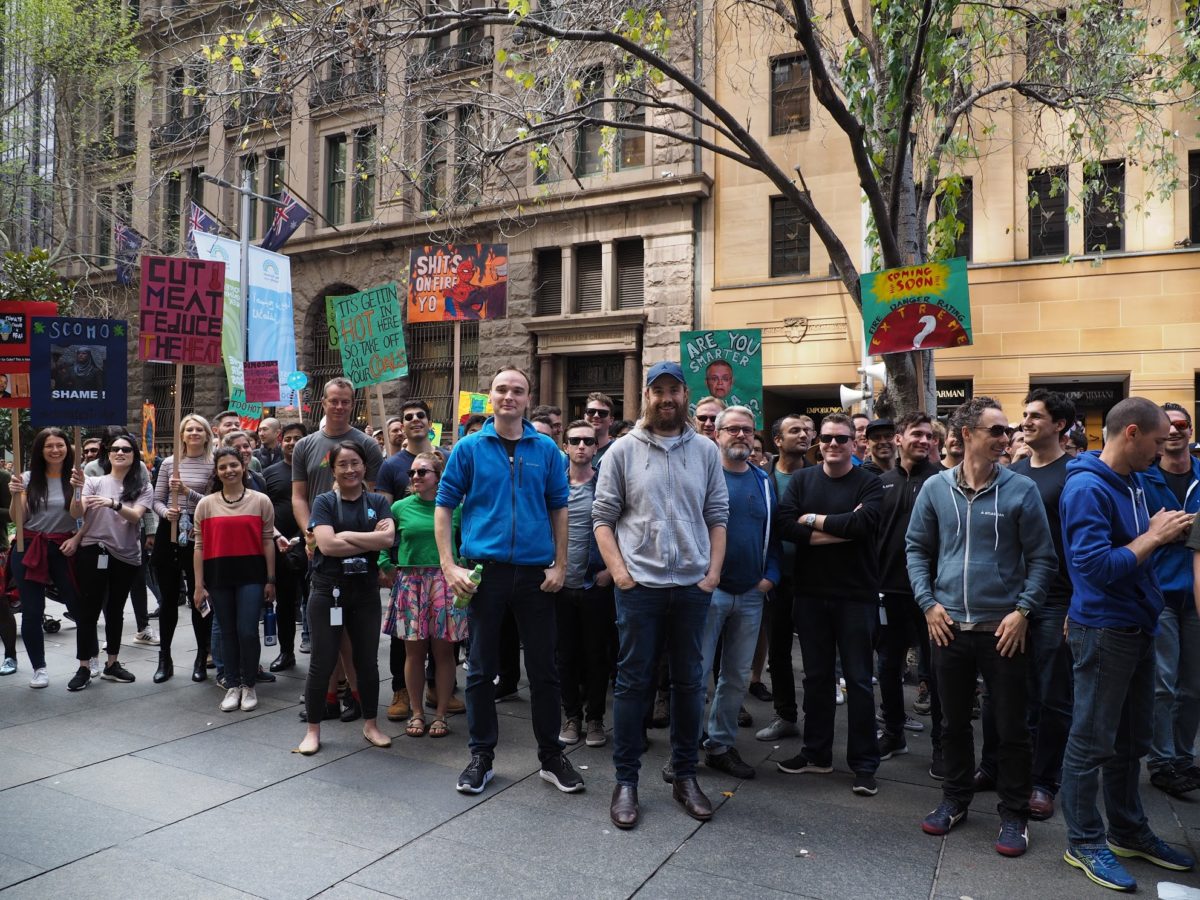The “insane” Sun Cable Project, as Cannon-Brookes himself termed it, looks to build a 10 GW solar farm on a sunburnt tract near Tennant Creek, NT. The megaproject would supply renewable energy to Darwin and, via a 3,750km undersea High Voltage Direct Current (HVDC) cable, to the city-state of Singapore.
Singapore, which currently relies on imported Liquid Natural Gas (LNG) for 95% of its electricity, is highly exposed to price fluctuations. The Sun Cable Project will look to deliver 20% of the city-state’s energy from the Australian Outback.
“I’m backing it,” Cannon-Brookes told the Australian Financial Review (AFR) in New York, “we’re going to make it work, I’m going to build a wire.” The message from Cannon-Brookes is a clear one, and inherently antagonistic to the sectarian wall-building rhetoric of U.S. President Donald Trump.
Cannon-Brookes has been leading the Australian presence at the UN Climate Summit in the absence of Australian Prime Minister Scott Morrison. The PM is currently stateside but avoiding the global stage like an amnestic actor by spending his time in Chicago checking out McDonald’s new “Smart Drive-Thru” system. We can only assume Morrison admired the technology for its ability to obviate genuine interaction with the human race.
Cannon-Brookes has not yet specified how much his family fund, Grok, plans to invest in the Sun Cable project. However, the outspoken billionaire insists that he is not alone, other Australian entrepreneurs, financiers, and investors are going to join in on the potential megaproject. A solid investment picture is expected before the end of the year.
Vanessa Petrie, CEO of Beyond Zero Emissions (BZE), welcomed Cannon-Brookes’ announcement, the think-tank saying it was “thrilled to hear the news.” BZE released a 10 GW Vision before the Sun Cable Project came to light arguing the NT’s potential to take up 10 GW in renewables by 2030. Of course, Sun Cable’s project vindicated BZE’s Vision in one fell swoop. Petrie believes megaprojects like Sun Cable and the Asian Renewable Energy Hub (AREH) signal a new era in renewable exportation for Australia.
The immense size of the project meant that Sun Cable gave itself ample time to round up the requisite financing, giving itself a financial close date in 2023. However, with Cannon-Brookes’ help, the project is looking more feasible by the day, not only for the tech billionaire’s significant financial clout but for bringing the NT project to the world stage. After all, this is a man whose mere goading of Tesla chief Elon Musk on Twitter, after the 2017 South Australian blackouts, enticed Musk to promise, and deliver, the world’s largest battery within 100 days, the Hornsdale Power Reserve.
“This will be absolutely great,” declared Cannon-Brookes to AFR, “with world-leading engineering required all up and down. But we can do it.”
This announcement is not the only mic-drop Cannon-Brookes has performed recently; indeed, he has taken up the habit of dropping mics like a butter-fingered roadie. Earlier this week Cannon-Brookes announced that Atlassian is committing to run their operations on 100% renewable energy and achieve net-zero emissions by 2050. Atlassian is expanding its core values from “Don’t #@!% the customer” to “Don’t #@!% the Planet.”
This content is protected by copyright and may not be reused. If you want to cooperate with us and would like to reuse some of our content, please contact: editors@pv-magazine.com.









“Atlassian is expanding its core values from “Don’t #@!% the customer” to “Don’t #@!% the Planet.”
World wide many electric utilities have a different view of “who” tops its list of “friends”. Unfortunately the ratepayers are not topping that list. So, Duke, Sempra, Pinnacle, Southern, NRG Energy do you hear this?
All boisterous claims aside, I would love to see this project bring online 10GW and a power connection of 3,750km of “undersea” high voltage cable for $20 billion dollars. $2 a watt construction costs for such a power supply and distribution upgrade? I’ll believe it when I see it and I REALLY want it to succeed!